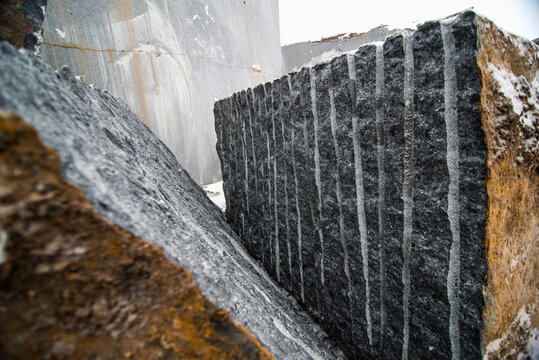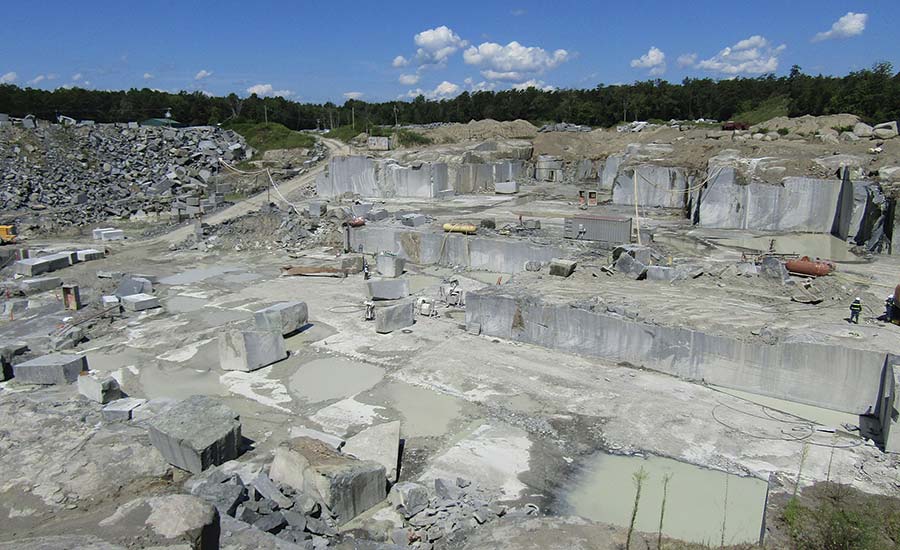Opening All-natural Prizes: Granite Quarries in South Africa Introduced
Unearthing the Rich History and Sustainable Practices of Granite Quarrying
As we stand on the precipice of revealing the elaborate tapestry of granite quarrying, a trip with time exposes not just the physical act of removing rock however additionally the social and historic relevance woven right into the extremely material of this practice. From the ancient beginnings that laid the foundation for contemporary quarrying methods to the sustainable practices that are shaping the future of this sector, each chisel mark on granite surface areas informs a story waiting to be discovered (granite quarries in south africa). The legacy of granite quarrying extends far past simple extraction; it is a testimony to human resourcefulness, strength, and the long-lasting appeal of this impressive rock
Old Beginnings of Granite Quarrying
Dating back to old civilizations, the method of quarrying granite has been an indispensable component of human history and architectural advancement. The earliest evidence of granite quarrying days back to old Egypt, where huge pyramids and elaborate sculptures were crafted from this long lasting rock. The Egyptians utilized primitive devices to remove granite blocks from quarries, showcasing the importance of this product in their monumental building and constructions.
Moving forward in background, the Greeks also made considerable payments to the quarrying of granite. The Greeks used granite in numerous building wonders, such as temples and statues, demonstrating their skill in shaping and sculpting this durable stone. The Romans even more refined the techniques of quarrying granite, employing sophisticated tools like blades and hammers to extract and shape granite for their famous frameworks.
With the centuries, the technique of quarrying granite has progressed, with modern technologies enhancing efficiency while keeping the classic charm of this all-natural stone - granite quarries in south africa. From ancient worlds to contemporary contractors, the tradition of granite quarrying remains to form our world
Advancement of Quarrying Techniques
The advancement of quarrying strategies has been marked by a continuous progression towards higher efficiency and accuracy in removing granite. From the rudimentary approaches employed by our forefathers to the innovative modern technologies utilized in modern-day quarrying operations, the market has actually undergone significant improvements. Early quarrying methods entailed manual labor with standard tools such as chisels, hammers, and wedges to draw out granite blocks from the earth. As people proceeded, strategies like fire-setting and primitive dynamites were presented to promote the extraction procedure.
Advancements in computer-controlled equipment and 3D modeling have maximized quarrying operations, leading to very little environmental impact and improved sustainability methods. As the need for granite continues to climb, the evolution of quarrying techniques remains essential to conference sector needs successfully and sustainably.
Cultural Value of Granite
Granite holds a profound cultural value across various people due to its long-lasting visibility in building work of arts and respected monuments. The social significance of granite extends beyond its physical attributes; it personifies durability, security, and timelessness, making it a sign of enduring traditions and traditions.

Lasting Practices in Quarrying
Amidst the rich background of granite quarrying and its cultural importance lies a growing emphasis on lasting methods within the industry. As ecological understanding and worries regarding source exhaustion have heightened worldwide, the quarrying sector has actually progressively embraced lasting methods to lessen its effect on the environment and surrounding neighborhoods.

In addition, reclamation and recovery of quarry websites post-extraction are integral to sustainable practices. By restoring quarried locations to an all-natural or beneficial state, such as creating wild Homepage animals environments or leisure areas, quarriers can balance out the environmental footprint of their procedures and contribute positively to the local ecosystem.
Heritage of Granite Quarrying
With a historic background steeped in workmanship and commercial development, what withstanding impact has granite quarrying left on the landscape of modern culture? The tradition of granite quarrying goes beyond plain extraction practices; it has actually formed architectural wonders, metropolitan landscapes, and cultural heritage worldwide. The resilient nature of granite has actually made it a recommended option for monuments, structures, and facilities, standing as a testament to the ability and virtuosity of quarry workers throughout generations.
In addition, the financial footprint of granite quarrying can not be forgotten. The market continues to give job opportunity and drive neighborhood economic situations in regions where granite removal is widespread. It has additionally stimulated technical developments in quarrying strategies and devices, resulting in extra reliable and lasting practices.
In regards to sustainability, the tradition of granite quarrying consists of initiatives to Check Out Your URL mitigate environmental influences through improvement jobs and responsible resource administration. By stabilizing financial interests with ecological stewardship, the sector strives to make certain that future generations can proceed to take advantage of this long-lasting natural deposit.
Conclusion
